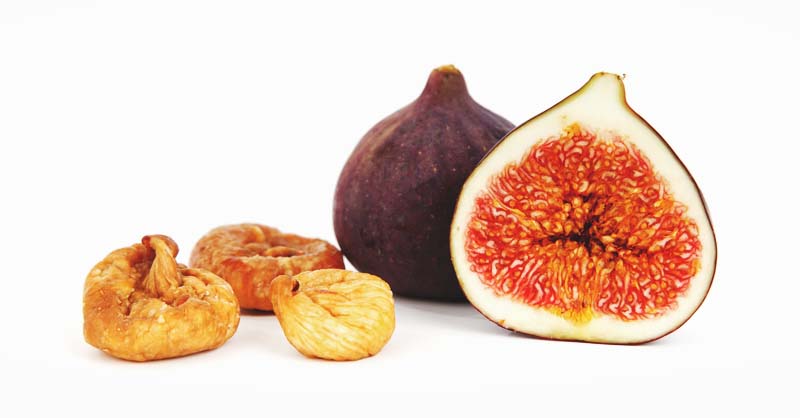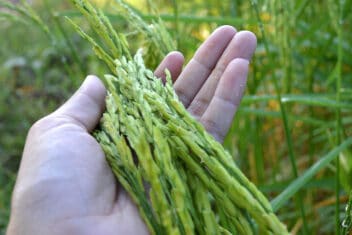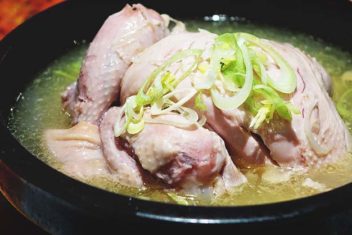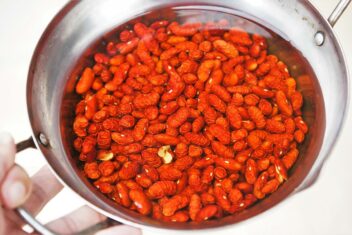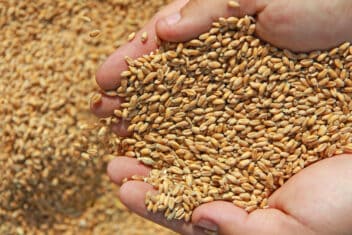Do your kids have one food they’d pick over everything else? My family loves one food item so much – I can’t keep it in the house.
It’s jerky.
It may seem like an odd choice to some, but no matter how much I make or buy, they gobble it up in a matter of days.
Jerky is what introduced me to the world of dehydrating. When I began to purchase jerky for my family, it put a crimp in my grocery budget.
Since we raise and hunt for much of the meat we consume, I decided to learn how to make my own jerky.
This was a slippery slope which soon left me dehydrating many of the foods we grow. Are you interested in learning the ins and outs of dehydrating food too?
You’ve come to the right place. Here’s what you need to know:
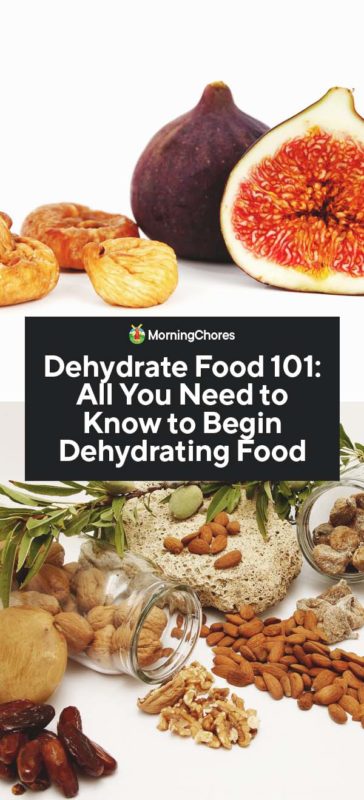
What Does it Mean to Dehydrate Food?
Dehydrating food is a way to prolong the shelf-life of foods. Dehydrated foods make great snacks for backpacking trips or road trips where refrigeration isn’t a possibility. There are a variety of recipes to make unique dehydrated snacks perfect for many occasions.
Plus, it’s easier to dehydrate foods and store them in your pantry when you’re working with limited space.
The whole idea is to remove most of the moisture from the foods being dehydrated. This prolongs their life and makes them usable for up to 20 years (in some cases.)
What is a Dehydrator?
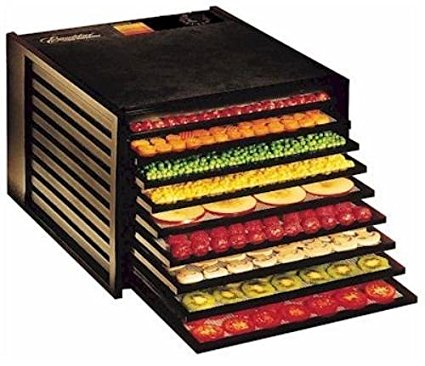
A dehydrator is a wonderful kitchen gadget which has a fan inside of it. The dehydrator consists of multiple trays where you lay the food out.
The trays are placed inside the dehydrator and under the fan. The dehydrator should come with a manual letting you know what temperature the dehydrator should be set on.
It should also make you aware of the general amount of time it should take for certain foods to be safely dehydrated.
Important Tips for Dehydrating Food
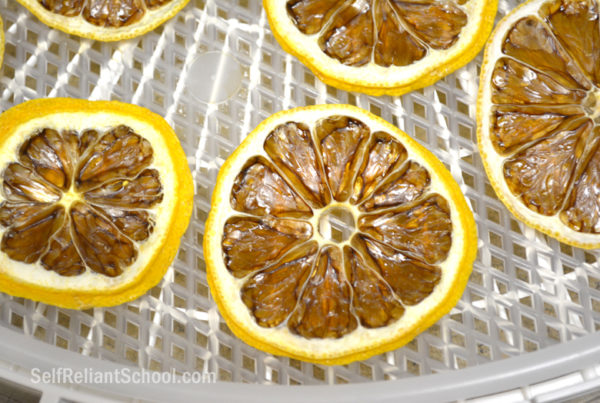
Dehydrating foods is a simple food storage method. It doesn’t require a great deal of knowledge to be able to perform this task well.
However, there are a few tips you should be aware of. Here’s what you should know to make dehydrating easier:
1. Temperature Is Important
Foods must be dehydrated at different temperatures. Depending on the food, the temperature will fluctuate.
Do your research prior to dehydrating any food for the proper heat setting the food should be under. As mentioned, a dehydrator should come with a manual which walks you through this information because temperatures and times will vary depending upon the dehydrator you’re working with.
2. 95% or Greater
When dehydrating food, it should have 95% or greater of the moisture removed from it. If your food is still flimsy, it hasn’t dried long enough.
There’s no such thing as dehydrating your food too long. You want it crispy, crunchy, or hard. Therefore, when in doubt, leave the food in the dehydrator for longer.
3. Low and Slow
Some people grow impatient when dehydrating food. They’ll try to crank up the temperature on the dehydrator to get the job done faster.
This isn’t wise. Food should be dehydrated at a steady temperature for a certain period of time to make sure the food is deemed safe. You don’t want to develop a food-borne illness because you grew impatient or damage the quality of your food.
4. Prepping Foods is Vital
Don’t assume because you’re dehydrating food you get to skip over food prep. In fact, the foods you dehydrate should be washed and patted dry.
Be sure to use gloves when prepping the food. Any low-acid vegetables should be steamed for 10 minutes prior to being placed in the dehydrator.
Also, some fruits will turn brown because of exposure to the air. Fruits such as apples and bananas should have lemon juice applied to them before being placed in the dehydrator.
5. Preheat It
Though dehydrators aren’t as big as an oven, follow the preheating rule. As you would preheat an oven, give the dehydrator time to reach the appropriate temperature before adding foods.
It’s important foods be dehydrated at the suitable temperature. Keep this in mind when you’re choosing to preheat your dehydrator.
6. The Right Dehydrator
There are a multitude of dehydrators to choose from on the market. Be sure you choose the right size dehydrator for the amount of food you’ll be dehydrating.
It’s important to choose a dehydrator with a front or back mounted fan. If you purchase a dehydrator with a fan at the top, it’s less likely to distribute the drying evenly.
Also, it’s convenient to have a dehydrator with an automatic shut-off. This will allow you to run it overnight or while you’re away from your kitchen.
Finally, you need a dehydrator which allows you to adjust the temperature setting. This is important to be able to safely dehydrate different types of food.
7. Slice It Right
Make sure you slice the foods you’re dehydrating correctly. Thicker sliced foods will take longer to dehydrate fully.
Therefore, slice your foods as thinly as possible to make safely dehydrating them much easier.
8. Don’t Overlap
It’s not a good idea to overlap foods on the tray in your dehydrator. Again, this makes it difficult for the foods to dehydrate efficiently and fully.
How to Dehydrate Food
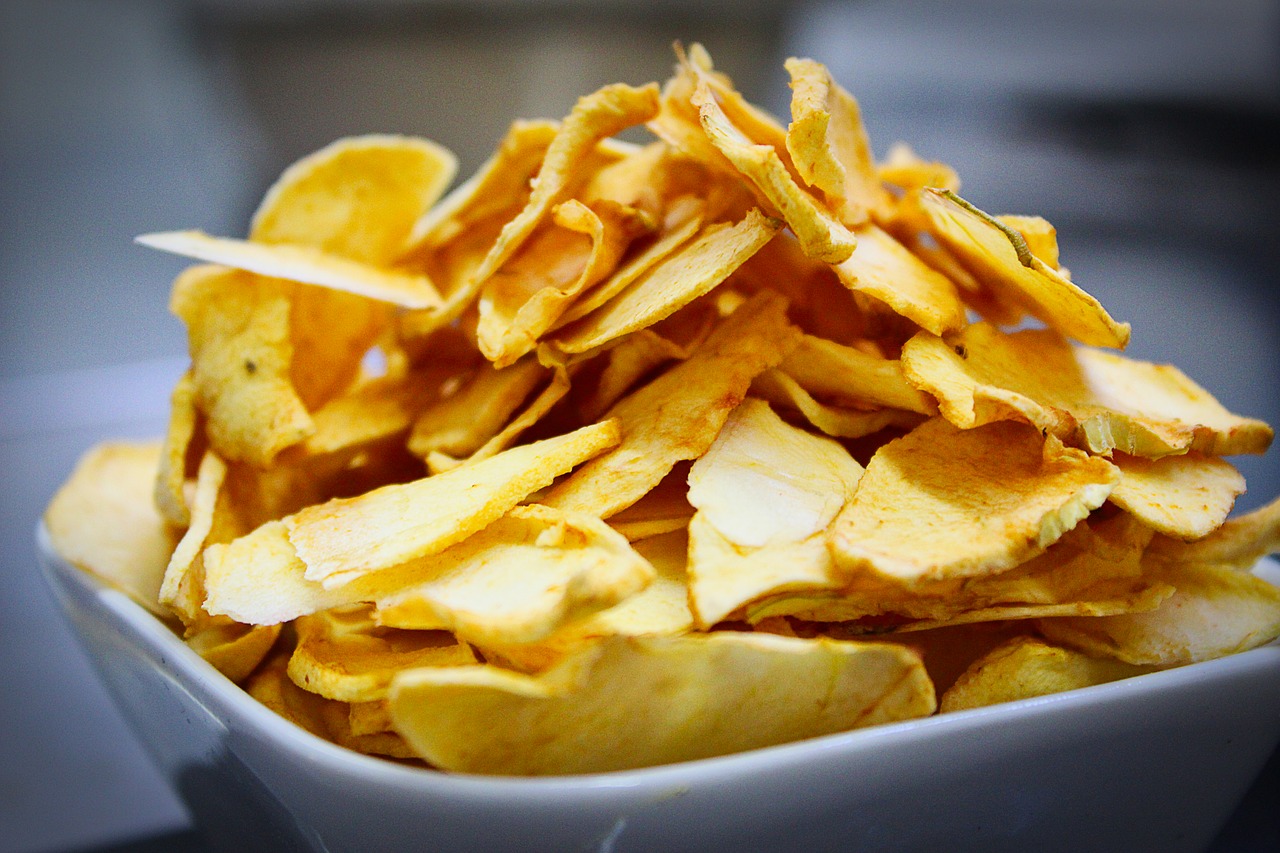
1. Dehydration Prep
When choosing to dehydrate foods, be sure you prep the foods first. They’ll need to be washed and sliced. Use this time to preheat the dehydrator.
After slicing, place the foods on the trays of the dehydrator. Be sure not to overlap the foods. Place the trays inside the dehydrator and allow them to dehydrate for the time specified for your machine.
2. Cooling Off Period
Once the time is up, feel the foods to make sure they’re hard and feel brittle. If the foods are soft, spongy, or flexible they should be placed in the dehydrator again until they become hard.
After the foods are fully dehydrated, remove them from the dehydrator and allow them to reach room temperature.
3. Proper Storage
After the foods have reached room temperature, place them in a vacuum seal bag or a plastic bag. Either way, be sure to remove as much air from the bag as possible.
The bags should be stored in a dark pantry, cabinet, or root cellar where no moisture, heat, or light can reach them.
Be sure not to store the foods in the freezer because ice will form on them which will reintroduce moisture to the dehydrated foods.
How to Rehydrate Dehydrated Foods
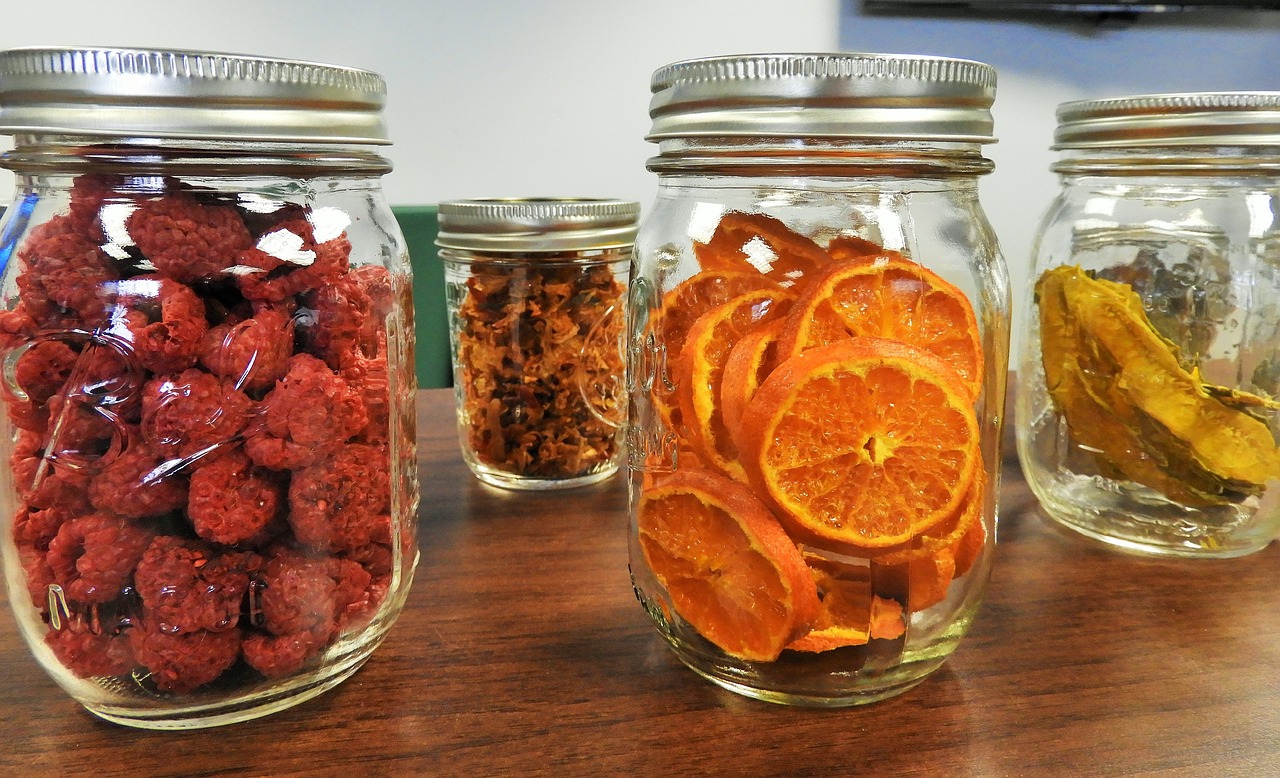
You may be wondering what you would do with dehydrated food besides use them for snacking? Well, they can be used in traditional recipes.
If you’d like to use dehydrated foods for cooking, you have two options. First, you can place one cup of dehydrated foods into one cup of warm or cold water. The temperature of the water will depend upon the recipe.
If you’re using the foods in a cold recipe, use cold water. If you’re planning on cooking the recipe in an oven, you can use warm water.
The other option is if you’re using a crock pot recipe. Select your recipe of choice, add the dehydrated food to the crock pot as is along with the other ingredients, and allow the food to become rehydrated while the recipe comes together.
Dehydrated herbs are also very easy to use in your meals and can be added in smaller quantities than you would use fresh herbs.
Foods You Shouldn’t Dehydrate
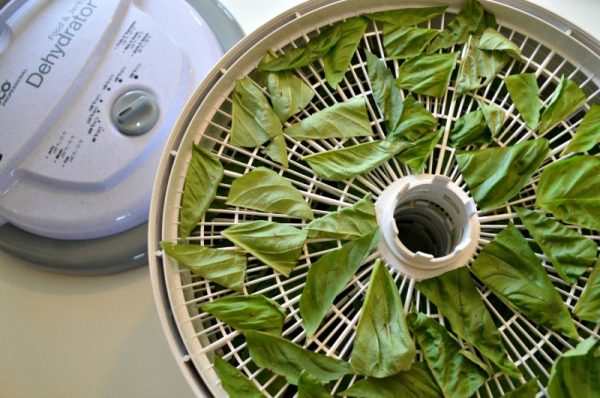
via Home in the Fingerlakes
- Meats with an excessive amount of fat on them
- Butter
- Cheese
- Milk
- Nuts
- Olives
- Avocados
These foods have a great deal of fat content which makes it hard to dry them. This leaves room for botulism to form and other food-borne illnesses. It’s better to use other food storage methods (such as freezing) to preserve the foods mentioned above.
Best Food to Dehydrate
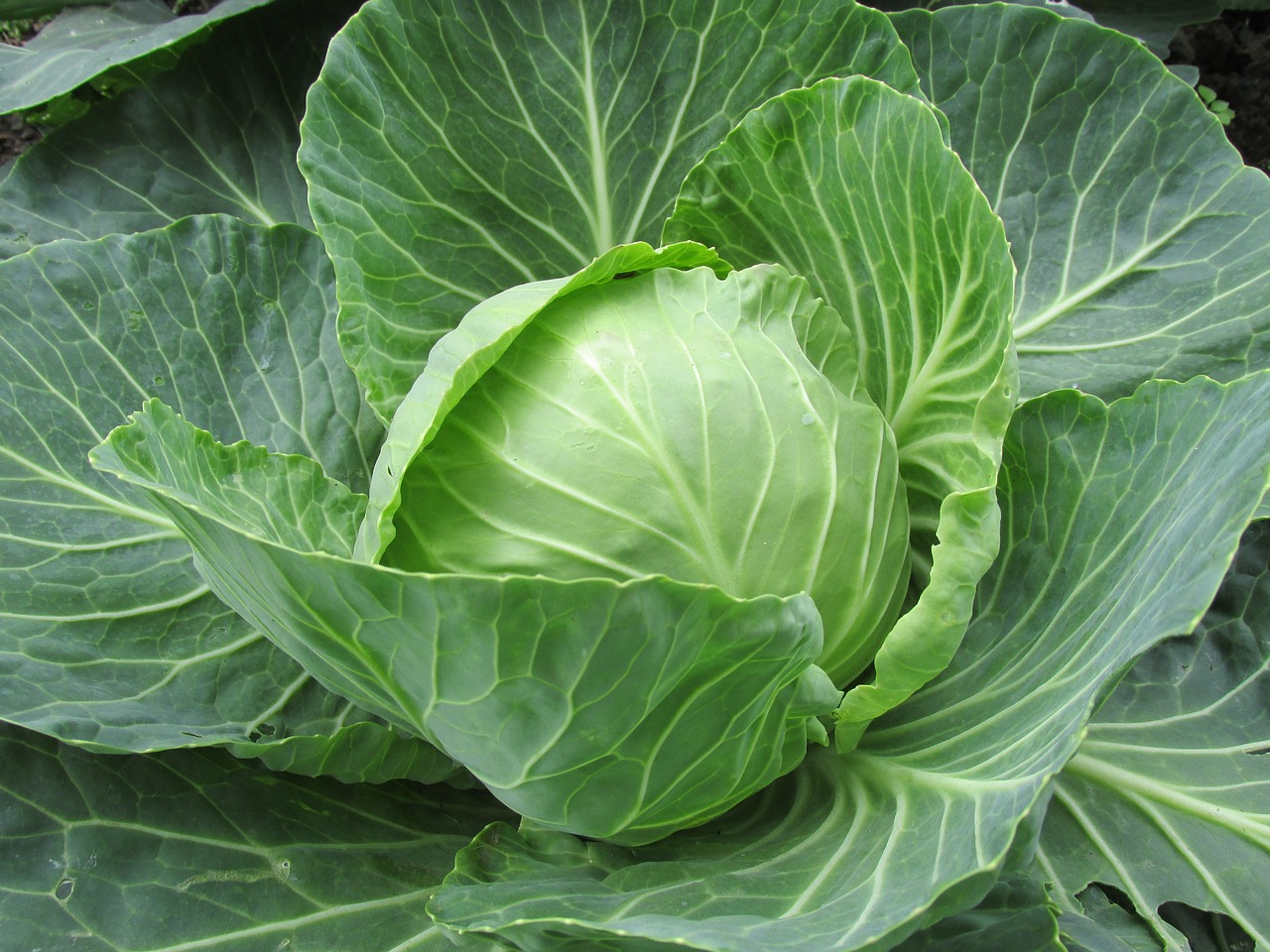
- Cabbage
- Lettuce
- Sliced citrus fruit
- Berries
- Fruits, in general
- Vegetables, in general
- Legumes
- Herbs
These foods have a proven track record of storing quite well when dehydrated. They’re delicious in a dehydrated state but are also easy enough to rehydrate and use in a variety of recipes. A dehydrator also makes wondrous fruit leathers.
Well, you now know all you need to get started with dehydrating food. This may become your new favorite method of preserving food and serving healthy snacks.
Though it can be time-consuming, it’s definitely a simplistic method to preserve food for a longer shelf-life.

